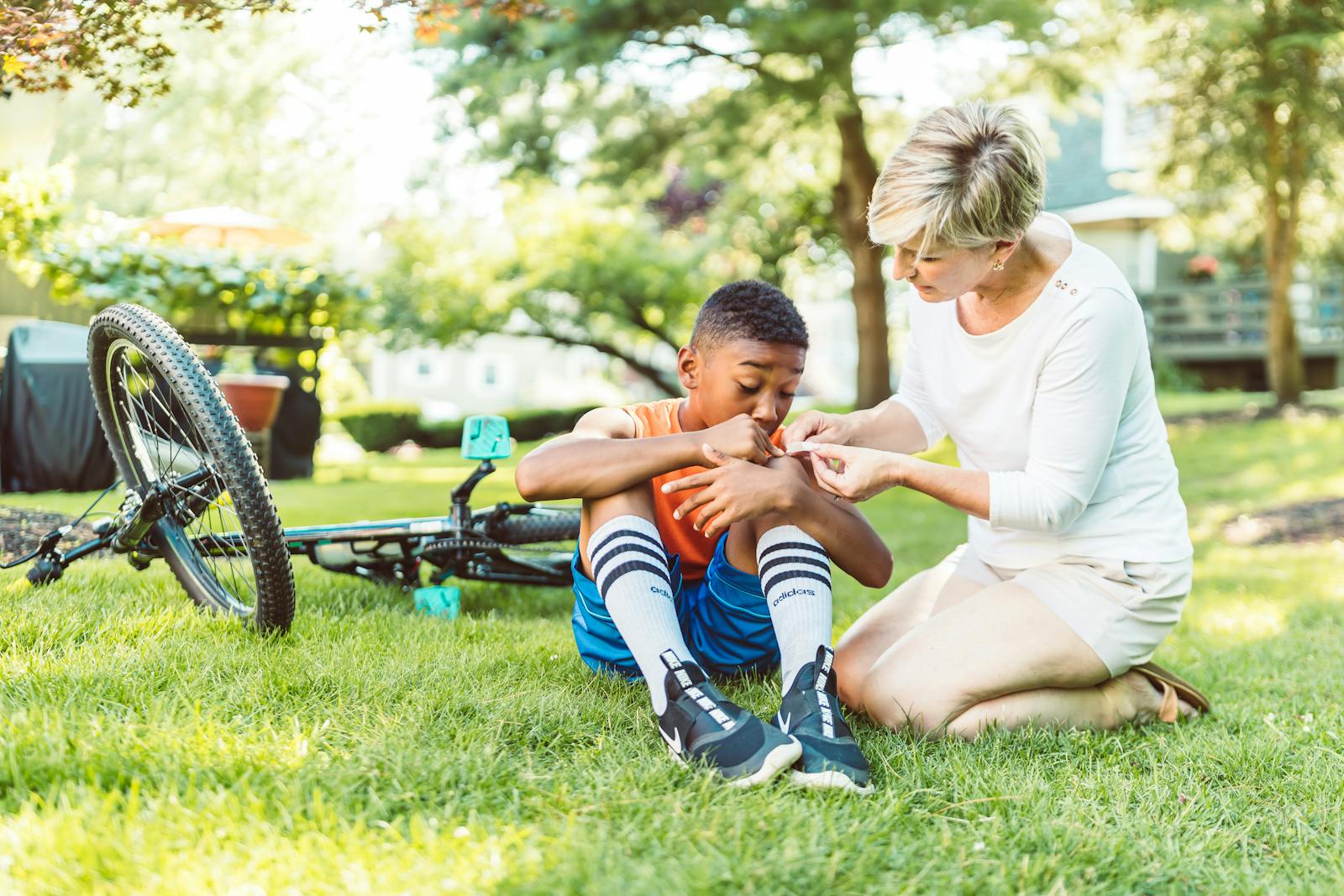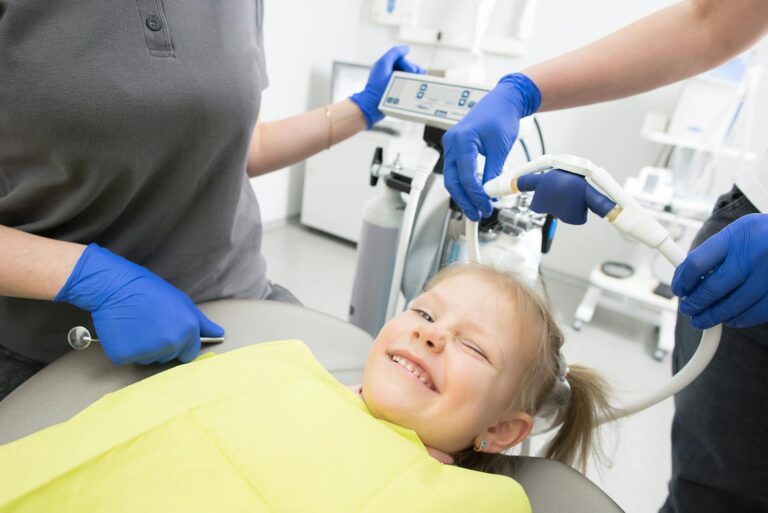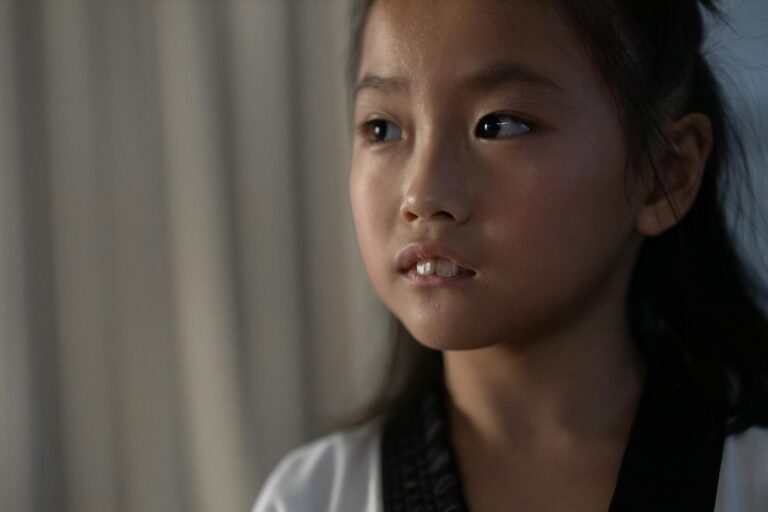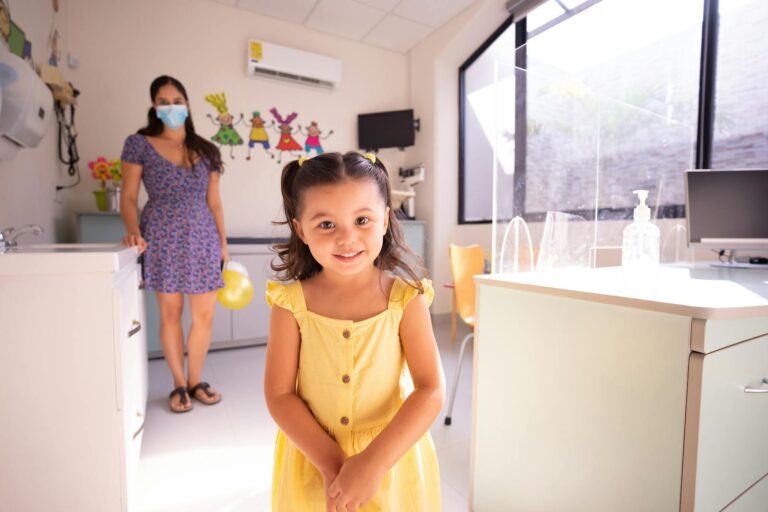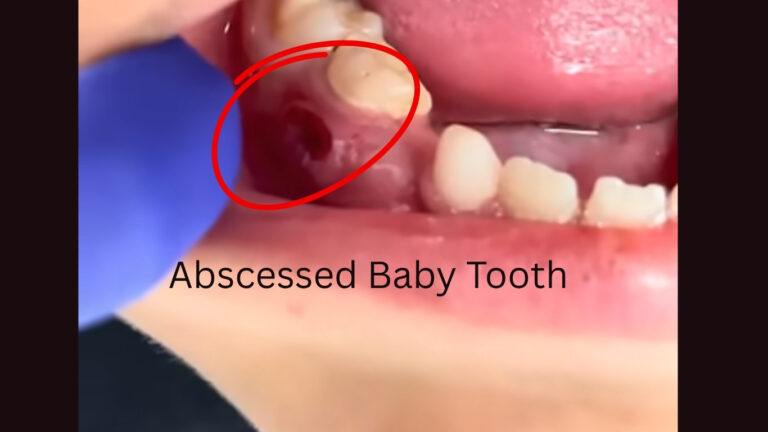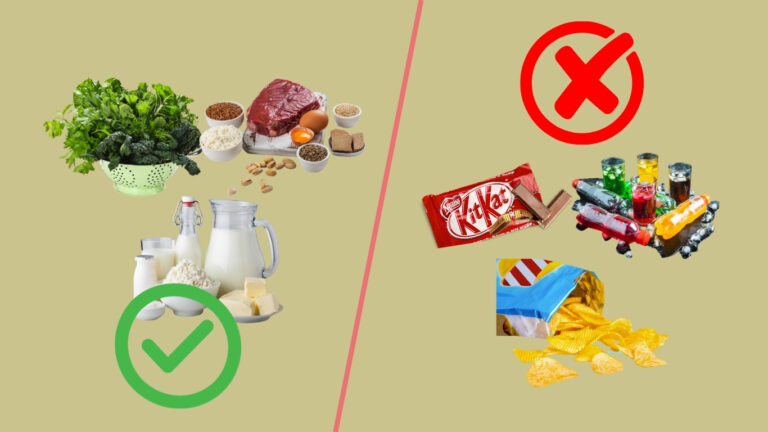What to Do If My Child Chips a Baby Tooth
Children are full of energy, curiosity, and the occasional tumble. Whether it’s from a fall at the playground, a bump during a sports game, or simply biting down on something too hard, chipped baby teeth are a fairly common dental injury. As a parent, it can be alarming to see part of your child’s tooth suddenly missing—but don’t panic. With the right steps and timely dental care, most cases can be managed easily and without long-term harm.
In this blog, we’ll guide you through what to do if your child chips a baby tooth, when to see the dentist, and how to prevent future accidents.
Is a Chipped Baby Tooth a Dental Emergency?
In many cases, a small chip in a baby tooth is not a serious emergency—but it still needs attention. The severity of the chip can vary:
– “Minor chips” may only involve the outer layer of the tooth (enamel) and cause no pain. These are typically smooth and may not even bother your child.
– “Moderate chips” may reach the deeper layer (dentin), which could cause sensitivity to hot, cold, or pressure.
– “Deep chips or fractures” that expose the pulp (nerve) can lead to pain, bleeding, or infection if not treated promptly.
Since it’s hard to tell the full extent of the damage just by looking, it’s always best to have the chipped tooth examined by a pediatric dentist—even if your child isn’t in pain.
What To Do Immediately After the Injury
Accidents happen quickly, and when your child chips a tooth, it’s important to respond calmly and confidently. These first few minutes after the injury can make a big difference in your child’s comfort—and in how well the tooth can be treated. Here’s a step-by-step guide to help you navigate the situation with care:
1. Stay calm and comfort your child
Your child may be frightened, especially if there’s blood or if they feel pain. As a parent, your reaction sets the tone. Speak gently and reassuringly, even if you’re feeling concerned. Let them know that you’re there to help, and that the dentist will take care of everything. Encourage your child to sit down and stay still to avoid further injury, especially if they’re crying or moving around in distress.
2. Rinse the mouth with warm water
Use lukewarm water to gently rinse your child’s mouth. This helps clean the area, flush out any blood or debris, and gives you a clearer view of the injury. Be gentle—if your child is in pain or nervous, you can let them swish and spit with your help or pour the water carefully using a clean cup. Avoid using mouthwash or anything harsh, as the tissue may be sensitive.
3. Apply a cold compress to the outside of the face
If there’s swelling, bruising, or any visible trauma to the lips or cheeks, apply a cold compress to the outside of the mouth, near the injured area. You can use a soft ice pack wrapped in a clean cloth, or even a chilled washcloth. Hold it in place for 10–15 minutes at a time. The cold will help minimize swelling and provide some soothing relief from pain or pressure.
4. Examine the tooth for pain, bleeding, or sensitivity
Ask your child if anything feels sharp, sore, or “funny.” Look closely at the chipped tooth—does it appear jagged? Is there bleeding coming directly from the tooth itself, not just the surrounding gums or lips? A discolored tooth (gray, pink, or dark) could be a sign of trauma to the nerve. Even if your child says they aren’t in pain, continue to monitor them closely. Some symptoms may develop hours later.
5. Save any broken tooth pieces, if possible
If you’re able to find the chipped piece of tooth, gently pick it up, rinse it with clean water (no scrubbing), and place it in a small container of milk or saline solution. Don’t wrap it in tissue or let it dry out. While baby tooth fragments are not typically reattached like adult teeth, the dentist may still want to see the piece. It can help them assess how much of the tooth was lost and guide treatment decisions.
When to Call the Dentist
Contact your child’s dentist as soon as possible after a tooth injury. They’ll ask a few questions to assess the urgency and schedule a visit, often the same day.
The dentist will examine the tooth, take X-rays if needed, and determine whether treatment is necessary. Depending on the severity, they may:
– Smooth and polish sharp edges to prevent tongue or lip irritation
– Apply a tooth-colored filling to rebuild the shape of the tooth
– Perform a nerve treatment (like a pulpotomy) if the pulp is affected
– Extract the tooth if it’s badly damaged or at risk of infection
Even though baby teeth eventually fall out, they still play an essential role in chewing, speech development, and maintaining space for adult teeth. Preserving a damaged baby tooth, when possible, helps avoid future complications.
Preventing Future Accidents
While you can’t prevent every childhood injury, there are ways to reduce the risk of chipped teeth:
– Encourage your child to wear a “mouthguard” during sports or high-contact activities
– Avoid hard candies, ice cubes, and chewing on non-food objects
– Use a “tooth-friendly cup” once your child can drink without a bottle—biting bottle nipples or sippy spouts can increase the risk of damage
– Childproof your home, especially around sharp edges or slippery floors where falls are more likely
Final Thoughts
Chipped baby teeth are common, but they still deserve prompt attention. Acting quickly, staying calm, and seeking professional dental care can make all the difference in your child’s comfort and recovery. If you’re ever unsure whether a dental injury needs treatment, don’t hesitate to call your pediatric dentist. They’re your trusted partner in protecting your child’s growing smile.
